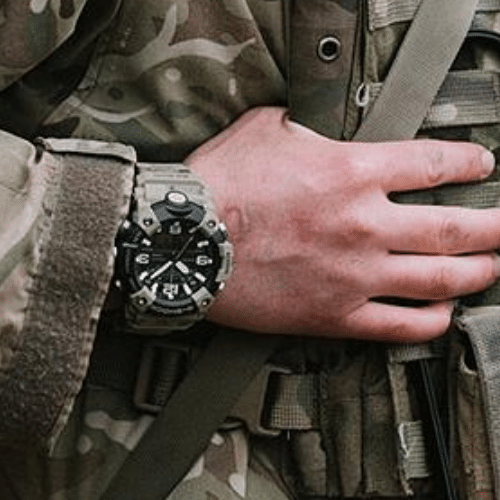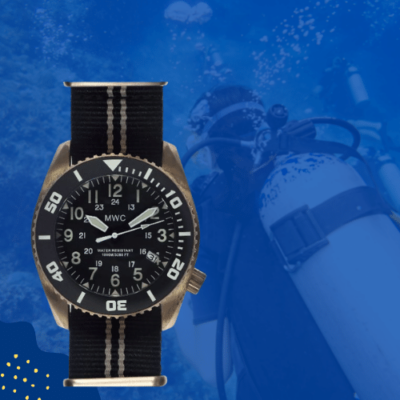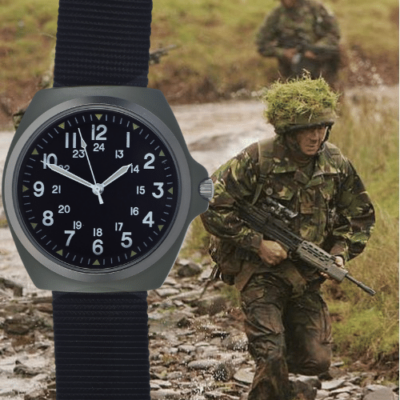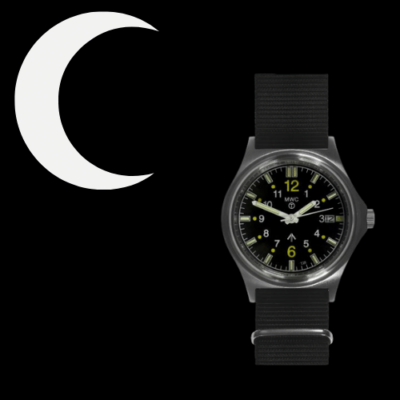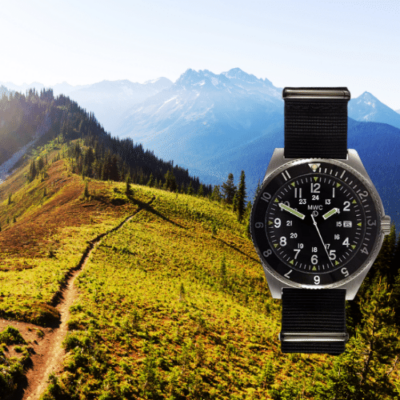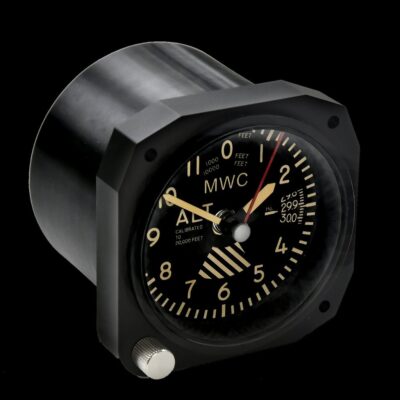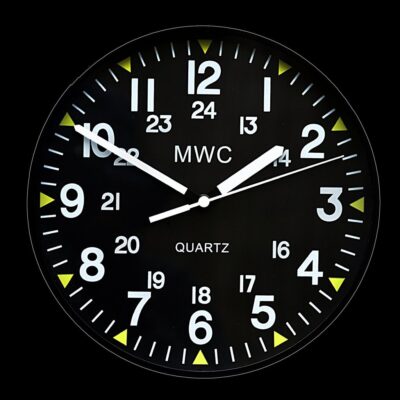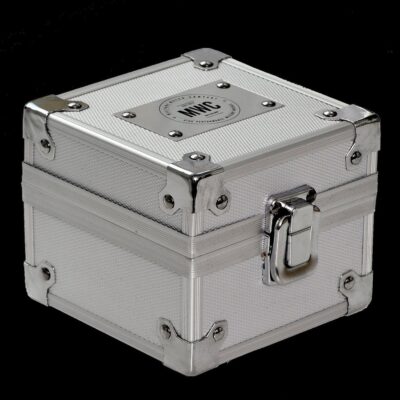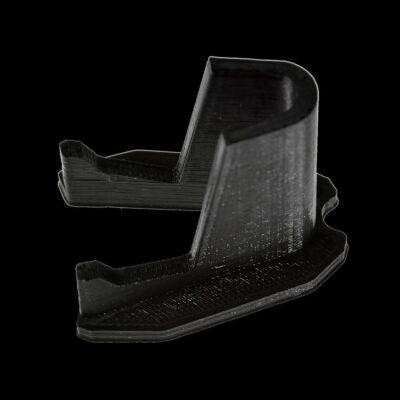News
Russian Army Receives New TOS-1A Thermobaric Rocket Systems
The Russian Radiation, Chemical and Biological Defence Troops [RBC] have received a new batch of TOS-1A Solntsepek thermobaric rocket artillery systems from the world’s largest tank manufacturer Uralvagonzavod, as the vehicles continue to play a central role in facilitating ongoing Russian advances in the Ukrainain theatre. State arms conglomerate Rostec reported that the systems dispatched in this latest batch had undergone running and acceptance tests to verify compliance with tactical and technical requirements. The unique capabilities of the system’s munitions has led them to be deployed under the RBC rather than by regular forces. It remains uncertain whether the latest batches of the systems were built on the hulls of Soviet T-72 tanks, as was the case with earlier batches, or whether, at a time of shortages of T-72s, new hulls were purpose built for the systems.
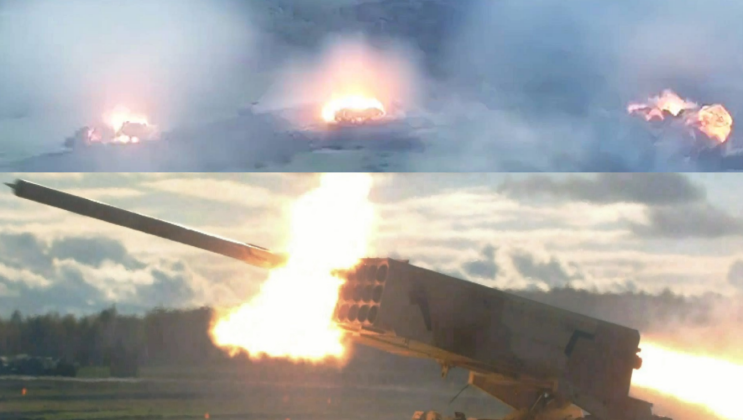
The performance of the TOS-1A has gained significant attention due to its combat performance in the Ukrainian theatre, with its 220mm thermobaric ammunition functioning by dispersing a gaseous cloud of chemicals into the air, which are subsequently detonated by a vacuum explosive, releasing a high pressure shock wave that sucks air out of confined areas with tremendous force. The result is the rupturing of the lungs of all present in the vicinity. The system was first utilised in combat during counterinsurgency operations againsta number of Turkish-sponsored terror groups in Syria and Iraq such as the Al Nusra Front and the Islamic State. It has since been employed on a far larger scale in Ukraine. In July footage released from an unknown location on the frontlines between Russian-Ukrainian forces has shown the extensive use of TOS-1A to devastate Ukrainian forces in cover, in what appears to be a small industrial settlement reported to be in the disputed Donbas regions.
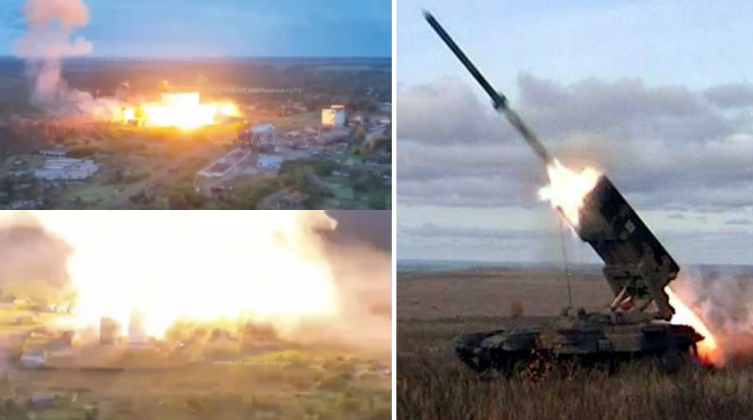
The TOS-1A’s capabilities have notably been improved significant over time, with CEO of the Signal Research Institute Vladimir Pimenov having revealed that a new navigation system had “improved operating accuracy to a few meters.” “CBR [Nuclear, Biological and Chemical Protection] troops asked whether we have research solutions for greater flexibility of Solntsepyok operation at firing positions. We offered our positioning system, which makes it possible to reduce combat time at a firing position without the combat vehicle leaving by a crew and a commander,” he elaborated. The latest batches of the system have benefitted from anti-drone protection. The TOS-1A’s advanced performance has led Rostec to announce the development of a more capable successor in April 2024 under the designation TOS-3, although little is known regarding the program.

